-
- USA/Canada 1-800-285-2726
- Australia (02) 8006 4411
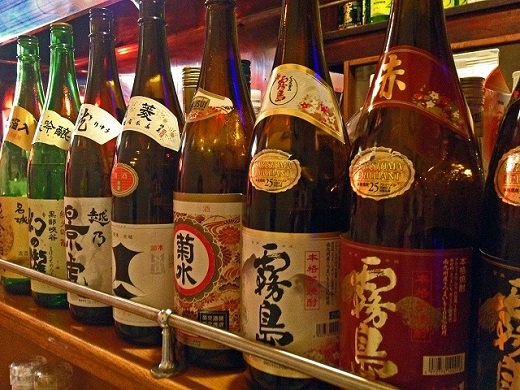
Kanpai!
That's what you will likely hear when walking into an izakaya or pub. Whether it be with friends, co-workers, or superiors, saying cheers is an important custom of drinking in Japan. To avoid being overwhelmed by the many kinds of alcoholic beverages to choose from, take a look at the list below before your trip to Japan. We have listed not only descriptions of the different drinks but also sake terms, but also famous breweries, popular distilleries, and related destinations where you can learn more about Japanese drinks. Enjoy a visit to a Sake Brewery or Museum during our fully-guided line of Japan Tours between Kyoto & Tokyo.
For the Japanese, tea is also a great part of our culture. There are multiple tea ceremonies, styles of tea, and recipes using Matcha Green Tea in Japanese culture. Tea is served with almost any dish, from sweet snacks to after a meal, tea is one of Japan's most popular drinks. All of our fully-guided Japan tours between Tokyo and Kyoto include a Japanese green tea ceremony for a fun, enjoyable vacation experience.
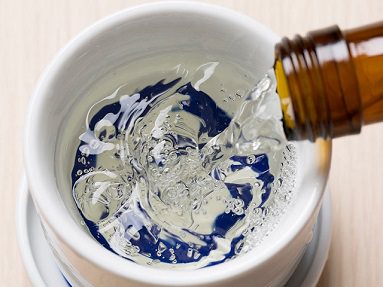
Brewed from rice, sake has been enjoyed for centuries in Japan, and although it's been overtaken in terms of consumption by beer and shochu (distilled grain liquor) in recent years, it is still regarded by most Japanese people as the national drink. Indeed, what is called 'sake' in the West is more commonly known in Japan as nihonshu - the 'drink of Japan'.
Sake-Terms
ama-kuchi --- sweet flavour
dai-ginjo --- sake brewed from rice polished down to at least 50% of its original siza
ginjo --- sake brewed from rice polished down to at least 60% of its original size
jizake --- 'local sake', often from small, traditional breweries
junmai-shu --- pure rice sake, made from only rice, koji (a benign mould) and water
kara-kuchi --- dry, sharp flavour
nihonshu --- Japanese word for sake
o-choko --- small cups traditionally used for sake
tokkuri --- traditional ceramic serving vessel
Sake is considered the national drink of Japan, a favorite many enjoy
Sake manufacturing company
Learn about sake brewing and its history then taste traditional sake
Over a century of fine sake making using traditional sake-brewing methods
Sake Tasting and Brewery Tour in Niigata
Combines traditional sake brewing methods with new techniques
Sapporo's First Sake Museum
Sake Tasting Vending Machine in Niigata
About Aizu's history with sake brewing and the process of making sake
Located in Nada district, acknowledged as the best location for sake production
One of Japan's Oldest Sake Breweries
In-depth history for guests about the various brewing, traditions, and significance about sake.
The Otokoyama Sake Brewery Museum is a museum that tells the history and culture of sake brewing, one of Japan's traditional industries, with 350 years of history.
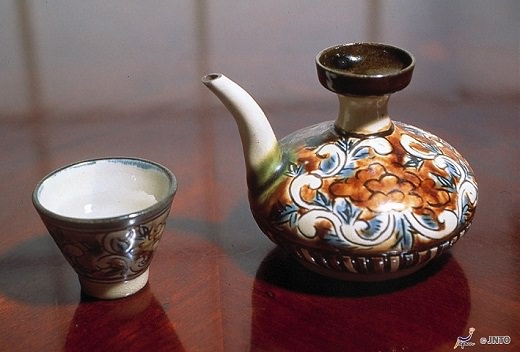
Awamori is an alcoholic beverage from Okinawa made from distilling long grain indica rice. The distilling method was derived from Thailand back in the 15th century and much of the rice used to create awamori today is also imported from Thailand. The beverage is also referred to as shima-zake
(island sake) or shima
for short by the people of Okinawa. Awamori is typically about 60-86 proof (30-43% alcohol) but lower alcohol level awamori is being produced for exports to mainland Japan. Some awamori can even go up to 120 proof (60% alcohol) and is flammable. As a popular Okinawa beverage, awamori is most commonly enjoyed diluted with water and on ice. It can also be enjoyed straight, on the rocks, and or mixed in cocktails. Check with your hotel bar if they can make a drink with awamori during your vacation.
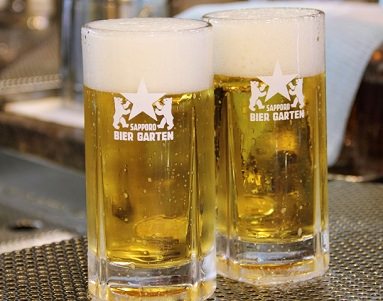
As the word's most widely consumed alcohol, beer is also Japan's most popular alcoholic beverage. Several Japanese beer companies such as Sapporo, Asahi, and Kirin have made its way abroad, being widely available outside of Japan. Similar to beer, Japan also produces happoshu, a low malt beer. Happoshu contains less than 67% malt content, thus putting it in a separate category than beer according to Japan's alcohol tax system. In fact, beer and happoshu make up more than half of the alcohol the Japanese consume.
Although Sake is the national drink, Japanese beer is loved around the world. Asahi, Kirin, and Sapporro are a few brands you may have heard about, and are commonly drank at izakaya's, bars, and restaurants in Japan. Snacks like senbei and kaki-no-tane go great with an ice cold glass of beer, and you'll probably hear businessmen saying Kanpai
if you pass by a few restaurants in Japan.
Most popular alcoholic beverage in Japan, Asahi, Kirin, Sapporo, Suntory
The First & Oldest Beer Brewery in Sapporo, Hokkaido
Factory Tour of Japan's Leading Beer Producer
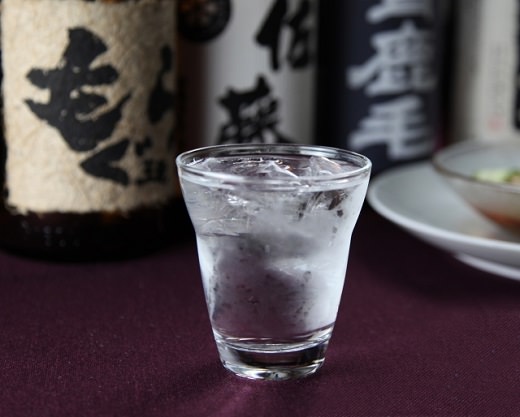
Shochu is a type of Japanese alcohol, often confused with sake. Unlike sake which is rice wine, shochu is distilled and is most often distilled from barley (mugi) or sweet potato (imo). Shochu contains approximately 25% ABV but can contain more, up to 45%, depending on the process of distillation. Although sake is believed to be the most common type of alcohol in Japan, shochu is actually more popular among the Japanese, and it oversold sake in recent years.
There are several ways to enjoy shochu. The first is by itself, neat. Another simple way is just with ice. Shochu can also be diluted with water or hot water to create mizuwari and oyuwari, respectively. For a less concentrated taste, shochu can be used to create cocktails by mixing it with oolong tea or juice. Oolong shochu is quite popular for those who wish to mix the shochu but not with juice to avoid the sweetness. Chuhai is another way to enjoy shochu, which mixes shochu, soda, and fruit flavor. Chuhai are popular options for younger drinkers and women. There are many different kinds of chuhai flavors including lemon, strawberry, grapefruit, etc. Hoppy is another option, which mixes shochu and low alcohol beer. Chuhai and hoppy can be easily found at convenience stores.
Shochu is distilled and is most often distilled from barley (mugi) or sweet potato (imo)
Volcano Sakurajima and Subtropical Island Yakushima
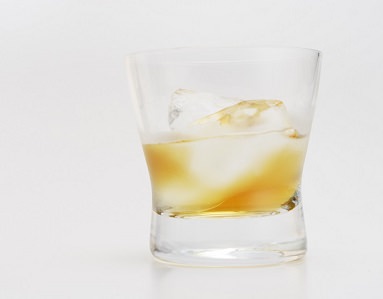
Japanese whisky has an interesting history. Two men Shinjiro Torii and Masataka Taketsuru were influential in the development of Japanese whisky. After many years of studying and practice, Shinjiro created Japan's very first whisky distillery, Yamazaki Distillery. Shinjiro later hired Masataka who had studying whisky making at the University of Glasgow at Scotland. Masataka left Yamazaki Distillery a few years later and started his own whisky company in Hokkaido called Nikka Whisky. Today both Yamazaki Distillery and Nikka Whisky are among the most famous Japanese whisky distilleries in the country. Japanese whisky has gained great reputation in recent years, being awarded some of the highest recognition such as the Best of the Best
award at the Whisky Magazine's Awards in 2001. Since then Japanese whisky has won numerous awards, moving the Japanese whisky market from domestic to overseas.
One of the best single malt whiskies in the world, Hokkaido Whisky
Home of Hakushu Whisky
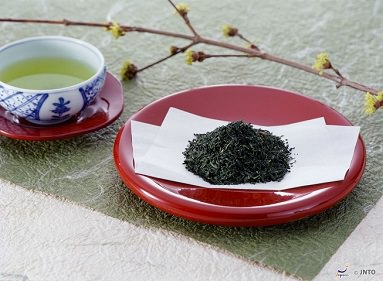
Bancha --- ordinary-grade green tea, has a brownish color
Matcha --- powdered green tea used in the tea ceremony
Mugicha --- roasted barley tea
Ocha --- green tea
Sencha --- medium-grade green tea
The Way of Tea
Composed of a Museum, Tea House and Garden
tea ceremony with massive cups
Green tea sweets shop in Asakusa
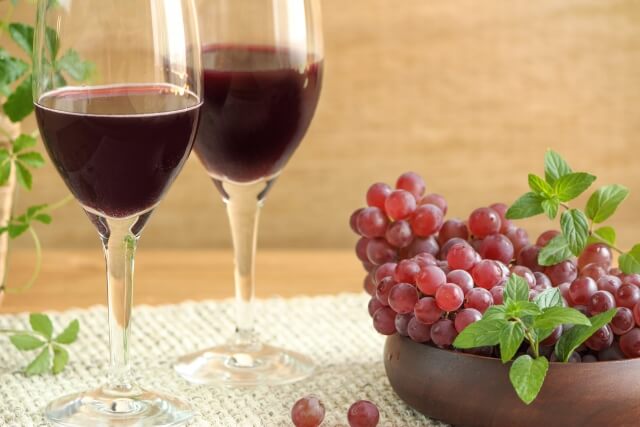
Much like Whisky, more people in Japan are enjoying high quality wines and are traveling to vineyards more often. Vineyards in Japan use only the highest quality grapes to produce a wine that can win over the foreign audience. The Yamanashi prefecture is filled with wonderful vineyards with top-quality wine you can enjoy with scenic Mt. Fuji nearby.
Popular Japanese Winery in Kofu, Yamanashi
Home to Nobel Prize Winner Yasunari Kawabata's favorite wine
Award-Winning Japanese Winery established in 1885
Scenic Winery with Country Comfort
Museum dedicated to the art of Japanese Wine Making